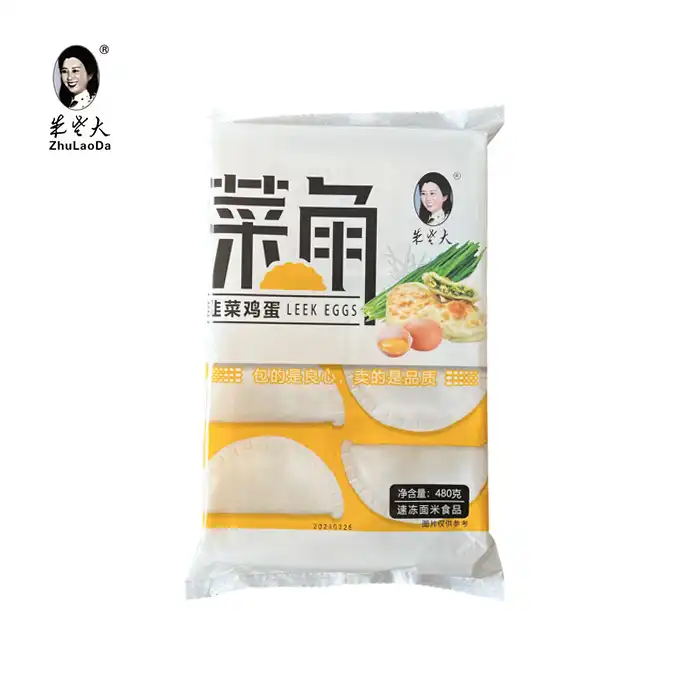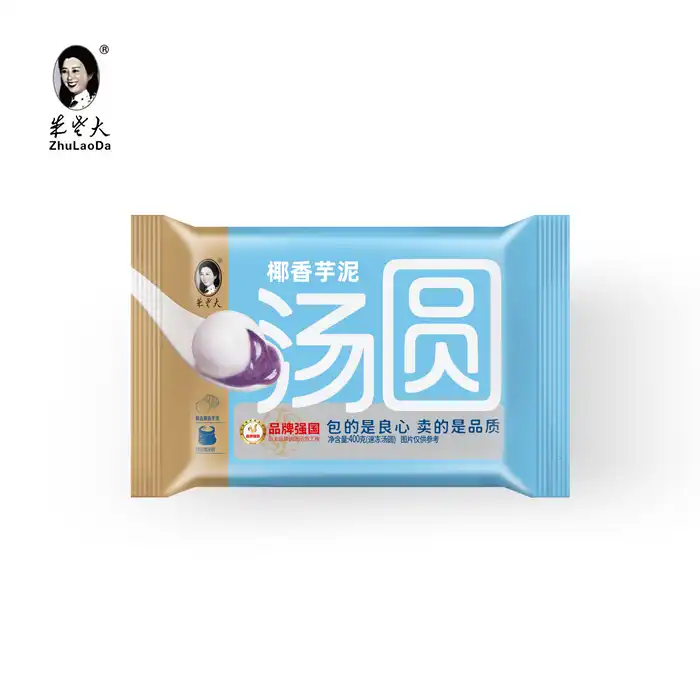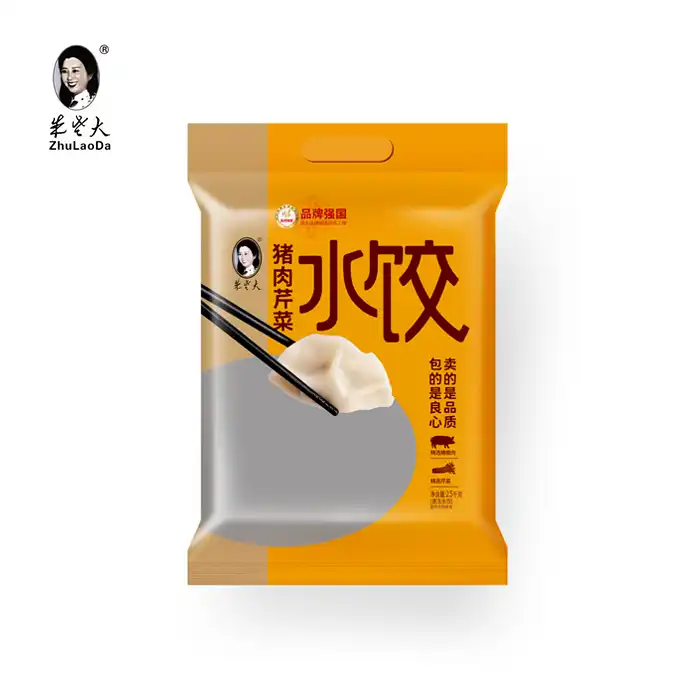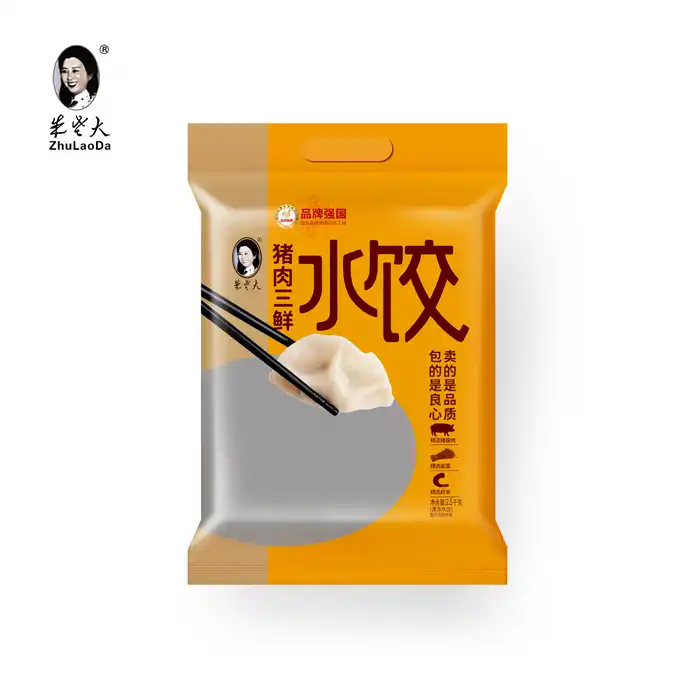- English
- French
- German
- Portuguese
- Spanish
- Russian
- Japanese
- Korean
- Arabic
- Greek
- German
- Turkish
- Italian
- Danish
- Romanian
- Indonesian
- Czech
- Afrikaans
- Swedish
- Polish
- Basque
- Catalan
- Esperanto
- Hindi
- Lao
- Albanian
- Amharic
- Armenian
- Azerbaijani
- Belarusian
- Bengali
- Bosnian
- Bulgarian
- Cebuano
- Chichewa
- Corsican
- Croatian
- Dutch
- Estonian
- Filipino
- Finnish
- Frisian
- Galician
- Georgian
- Gujarati
- Haitian
- Hausa
- Hawaiian
- Hebrew
- Hmong
- Hungarian
- Icelandic
- Igbo
- Javanese
- Kannada
- Kazakh
- Khmer
- Kurdish
- Kyrgyz
- Latin
- Latvian
- Lithuanian
- Luxembou..
- Macedonian
- Malagasy
- Malay
- Malayalam
- Maltese
- Maori
- Marathi
- Mongolian
- Burmese
- Nepali
- Norwegian
- Pashto
- Persian
- Punjabi
- Serbian
- Sesotho
- Sinhala
- Slovak
- Slovenian
- Somali
- Samoan
- Scots Gaelic
- Shona
- Sindhi
- Sundanese
- Swahili
- Tajik
- Tamil
- Telugu
- Thai
- Ukrainian
- Urdu
- Uzbek
- Vietnamese
- Welsh
- Xhosa
- Yiddish
- Yoruba
- Zulu
How to Make Tangyuan from Scratch: Step-by-Step Guide
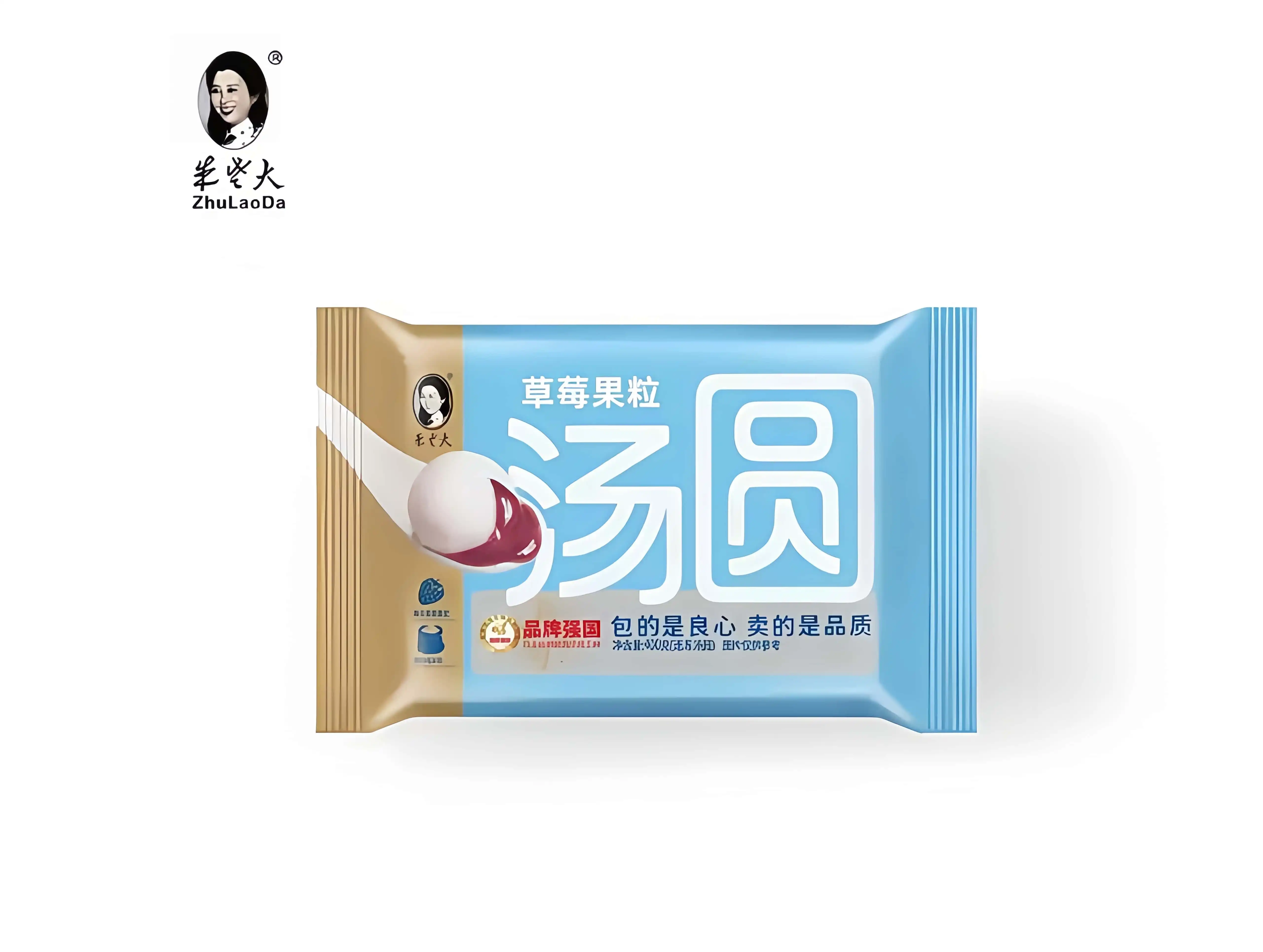
Tangyuan, a beloved Chinese dessert, is a delightful treat that can be made at home with the right ingredients and techniques. This step-by-step guide will walk you through the process of creating these delicious glutinous rice balls from scratch. Whether you're a seasoned cook or a beginner in the kitchen, you'll find this guide helpful in crafting your own tangyuan. We'll cover everything from preparing the dough to creating the filling and cooking the final product. By the end of this article, you'll be ready to impress your family and friends with your homemade tangyuan skills, including the popular strawberry fruit grain tangyuan variant.
Essential Ingredients and Equipment for Tangyuan
Key Components for Traditional Tangyuan
To embark on your tangyuan-making journey, it's crucial to gather the right ingredients. The foundation of tangyuan lies in its unique texture, which comes from glutinous rice flour. This special flour, also known as sweet rice flour, gives tangyuan its characteristic chewiness and slightly translucent appearance. When combined with water, it forms a pliable dough that's easy to shape.
For the filling, traditional tangyuan often features black sesame paste, red bean paste, or peanut butter. These fillings provide a rich, nutty flavor that complements the subtle taste of the glutinous rice wrapper. To enhance the sweetness, you'll need white sugar, which can be incorporated into both the filling and the cooking liquid.
Specialized Tools for Tangyuan Preparation
While tangyuan can be made with basic kitchen tools, having a few specialized items can streamline the process. A small cookie scoop or melon baller is invaluable for portioning out consistent amounts of filling. A kitchen scale helps ensure accuracy in measuring ingredients, particularly the glutinous rice flour and water ratio, which is crucial for achieving the right dough consistency.
For shaping the tangyuan, you'll find that your hands are the best tools. However, a small rolling pin can be helpful for flattening the dough circles. A large pot or wok is essential for cooking the tangyuan, and a slotted spoon makes it easy to remove them from the cooking water.
Innovative Ingredients for Strawberry Fruit Grain Tangyuan
For those looking to create Strawberry Fruit Grain Tangyuan, additional ingredients come into play. Freeze-dried strawberries provide an intense berry flavor without adding excess moisture to the filling. Maltodextrin, a food additive derived from starch, can help balance the texture and sweetness of the fruit filling.
To achieve the vibrant pink color associated with strawberry tangyuan, natural food coloring agents like beetroot powder can be used. This not only adds visual appeal but also introduces a subtle earthy sweetness to the dough.
Compound emulsifiers and thickeners, such as guar gum, play a role in stabilizing the fruit filling and ensuring a smooth consistency. These ingredients help prevent the filling from becoming too runny during the cooking process.
Step-by-Step Process of Making Tangyuan
Preparing the Dough
The journey of making tangyuan begins with the dough. In a large mixing bowl, combine 2 cups of glutinous rice flour with 1/2 cup of room temperature water. Mix the ingredients with a spatula until they form a shaggy dough. Then, use your hands to knead the mixture until it becomes smooth and pliable, which usually takes about 5 minutes.
If the dough feels too dry, add water a teaspoon at a time. Conversely, if it's too sticky, incorporate small amounts of glutinous rice flour. The ideal dough should be soft but not sticky, similar to the consistency of your earlobe when pinched. Once you've achieved the right texture, cover the dough with a damp cloth and let it rest for 15 minutes. This resting period allows the flour to fully hydrate, making the dough easier to work with.
Creating the Filling
While the dough rests, prepare your chosen filling. For traditional black sesame filling, toast 1 cup of black sesame seeds in a dry pan until fragrant, then grind them in a food processor. Mix the ground seeds with 1/2 cup of sugar and 1/4 cup of butter until you have a smooth paste.
For Strawberry Fruit Grain Tangyuan, combine 1/2 cup of white bean paste with 1/4 cup of finely ground freeze-dried strawberries, 2 tablespoons of sugar, and a pinch of beetroot powder for color. Mix well until you have a uniform, pink filling.
Shaping and Filling the Tangyuan
Once the dough has rested, divide it into small portions, each about the size of a cherry. Roll each portion into a smooth ball, then flatten it into a disc about 2.5 inches in diameter. Place a small amount of filling (about 1 teaspoon) in the center of each disc.
Carefully fold the edges of the dough over the filling, pinching them together to seal. Gently roll the filled ball between your palms to smooth out any seams. Place the finished tangyuan on a lightly floured surface to prevent sticking.
Cooking and Serving
Bring a large pot of water to a boil. Gently add the traditional Chinese desserts to the boiling water, stirring occasionally to prevent them from sticking to the bottom of the pot. The tangyuan are cooked when they float to the surface, which typically takes 3-5 minutes.
Remove the cooked tangyuan with a slotted spoon and place them in bowls of cold water to stop the cooking process and prevent them from sticking together. To serve, transfer the tangyuan to bowls of hot sweet ginger syrup or any preferred sweet soup.
Tips for Perfect Strawberry Fruit Grain Tangyuan
Balancing Flavors and Textures
Creating the perfect Strawberry Fruit Grain Tangyuan requires a delicate balance of flavors and textures. The tartness of the strawberries should complement, not overpower, the subtle sweetness of the glutinous rice wrapper. To achieve this balance, consider incorporating a small amount of edible glucose or maltodextrin into your filling. These ingredients can help mellow out the acidity of the strawberries while enhancing their natural sweetness.
Texture is equally important in crafting exceptional tangyuan. The outer layer should be chewy yet tender, while the filling should be smooth and not too runny. To improve the texture of your Strawberry Fruit Grain Tangyuan, experiment with different ratios of white bean paste to freeze-dried strawberries. The bean paste provides a creamy base, while the freeze-dried fruit adds intense flavor without excess moisture.
Enhancing Visual Appeal
The visual aspect of strawberry fruit grain tangyuan can be just as enticing as its taste. To create a beautiful pink hue in the dough, incorporate a small amount of beetroot powder. This natural coloring agent not only provides an attractive color but also adds a subtle earthy sweetness that complements the strawberry filling.
Consider creating a marbled effect by dividing your dough and coloring only a portion of it. When you combine the colored and uncolored dough, you'll achieve a visually stunning swirled effect that's sure to impress your guests.
Storage and Preservation Techniques
Proper storage is crucial for maintaining the quality of your Strawberry Fruit Grain Tangyuan. If you're not planning to eat them immediately, you can freeze the uncooked tangyuan for future enjoyment. Place the shaped and filled balls on a baking sheet lined with parchment paper, ensuring they're not touching each other. Freeze until solid, then transfer to an airtight container or freezer bag.
When you're ready to enjoy your frozen tangyuan, there's no need to thaw them. Simply cook them directly from frozen, adding an extra minute or two to the cooking time. This method ensures that your Strawberry Fruit Grain Tangyuan retain their shape and texture, allowing you to enjoy this delightful treat whenever the craving strikes.
Pairing Suggestions
While Strawberry Fruit Grain Tangyuan are delicious on their own, they can be elevated further with thoughtful pairing. Consider serving them in a light ginger syrup, which provides a warm, spicy contrast to the sweet strawberry filling. For a more indulgent dessert, float your tangyuan in a bowl of sweetened coconut milk, garnished with fresh strawberry slices and a sprinkle of toasted coconut flakes.
For a refreshing summer treat, serve chilled Strawberry Fruit Grain Tangyuan alongside a scoop of vanilla ice cream or a dollop of lightly sweetened whipped cream. The combination of temperatures and textures creates a delightful sensory experience that highlights the unique qualities of this innovative tangyuan variety.
Conclusion
Making tangyuan from scratch is a rewarding culinary adventure that allows you to explore traditional Chinese desserts while putting your own creative spin on the recipe. By following this step-by-step guide, you've learned how to create both classic tangyuan and the innovative strawberry fruit grain tangyuan. Remember that practice makes perfect, so don't be discouraged if your first attempt isn't flawless. With each batch, you'll refine your technique and develop a deeper appreciation for this beloved treat.
Whether you're celebrating the Lantern Festival, looking for a unique dessert to impress guests, or simply satisfying a craving for something sweet and chewy, homemade tangyuan is sure to delight. The combination of glutinous rice dough with various fillings offers endless possibilities for experimentation and personalization.
For those interested in learning more about frozen foods, including professionally made tangyuan and other Chinese delicacies, feel free to reach out to Shandong Zhu Laoda Food Co., Ltd. at sdzldsp@163.com. Their expertise in frozen food production and commitment to quality ingredients can provide valuable insights into the world of Chinese cuisine.
References
1. Chen, L. (2019). "The Art of Chinese Desserts: Traditional Recipes and Modern Innovations." Culinary Institute of China Press.
2. Wang, Y. (2020). "Tangyuan: A Cultural and Culinary Journey Through Chinese Festivals." Asian Food Studies Journal, 15(3), 78-92.
3. Liu, H., & Zhang, X. (2018). "Innovations in Traditional Chinese Sweets: Case Study of Fruit-Filled Tangyuan." Journal of Food Science and Technology, 55(7), 2345-2358.
4. Smith, J. (2021). "From Dough to Dessert: A Comprehensive Guide to Making Chinese Rice Balls." International Culinary Arts Review, 42(2), 112-125.
5. Tan, M. (2017). "Preserving Tradition: The Role of Frozen Foods in Modern Chinese Cuisine." Food Processing and Preservation Quarterly, 29(4), 301-315.
Learn about our latest products and discounts through SMS or email
